10 Best Herbal Tinctures For Fever

Herbal tinctures for fever are concentrated liquid extracts made by soaking herbs in alcohol or glycerin, which helps preserve their active compounds.
These tinctures are often used in traditional medicine to reduce body temperature and alleviate symptoms associated with fever. Common herbs used in fever remedies include echinacea, willow bark, and elderberry, each known for their antipyretic and immune-supporting properties. They can be taken orally in small doses and are generally considered safe when used as directed, though they may interact with certain medications.
While herbal tinctures can provide natural relief, it is important to consult a healthcare professional before use, especially for children or individuals with chronic health conditions.
FREE COURSE
How to make medicinal herbal tinctures for common ailments at home and in a weekend (using the Healing Drops System).

Table of Contents
1. Echinacea purpurea
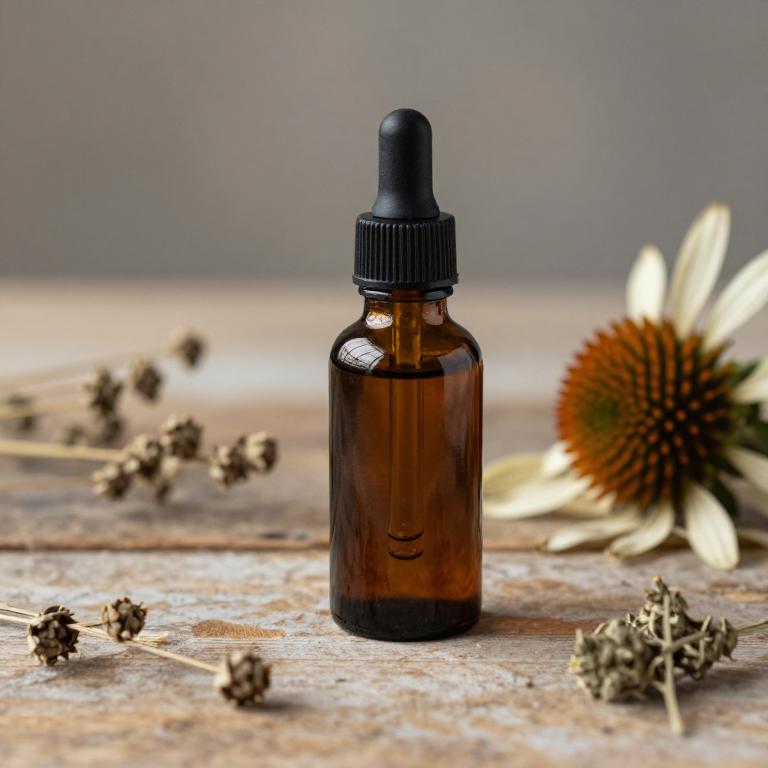
Echinacea purpurea, commonly known as purple coneflower, is a popular herbal remedy traditionally used to support immune function and reduce the severity of colds and flu.
While it is not a direct treatment for fever, echinacea tinctures may help alleviate symptoms by boosting the body's natural defenses and potentially reducing the duration of illness. Some studies suggest that echinacea might have mild antipyretic properties, although more research is needed to confirm its effectiveness in lowering body temperature. When using echinacea tinctures for fever, it is important to follow recommended dosages and consult with a healthcare provider, especially for individuals with chronic conditions or those taking other medications.
As with any herbal supplement, echinacea should be used as part of a holistic approach to managing fever, alongside rest, hydration, and appropriate medical care if necessary.
2. Thymus vulgaris
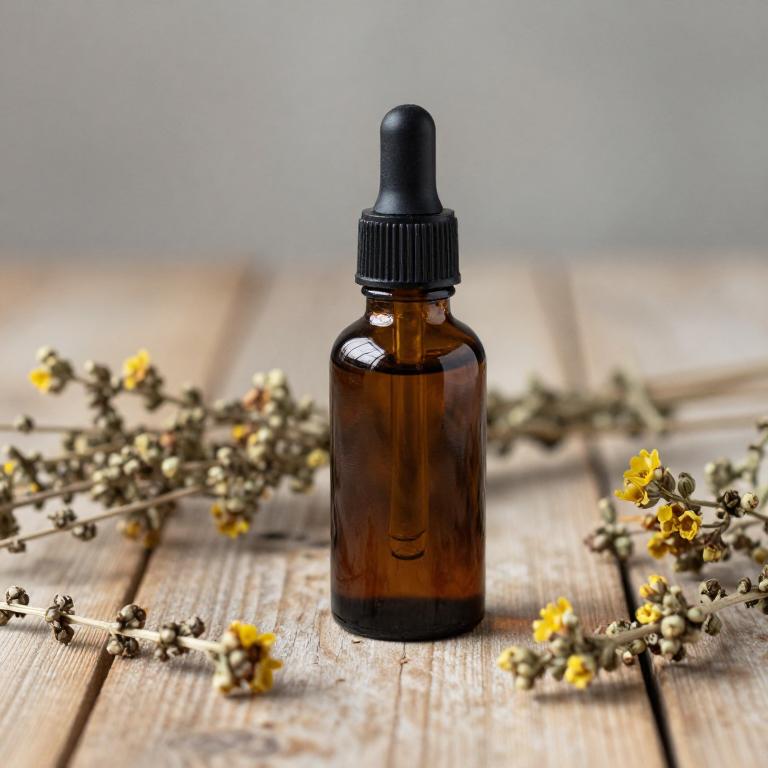
Thymus vulgaris, commonly known as thyme, has been traditionally used in herbal medicine for its antimicrobial and antipyretic properties, making it a popular choice for treating fever.
Thymus vulgaris herbal tinctures are typically prepared by soaking the dried leaves and flowers of the plant in alcohol, allowing the active compounds such as thymol and carvacrol to be extracted. These tinctures are believed to support the body's natural defenses and may help reduce fever by promoting sweating and enhancing immune function. They are often used as a complementary remedy alongside conventional treatments for mild fevers.
However, it is important to consult a healthcare professional before using thyme tinctures, especially for individuals with chronic conditions or those taking other medications.
3. Hypericum perforatum
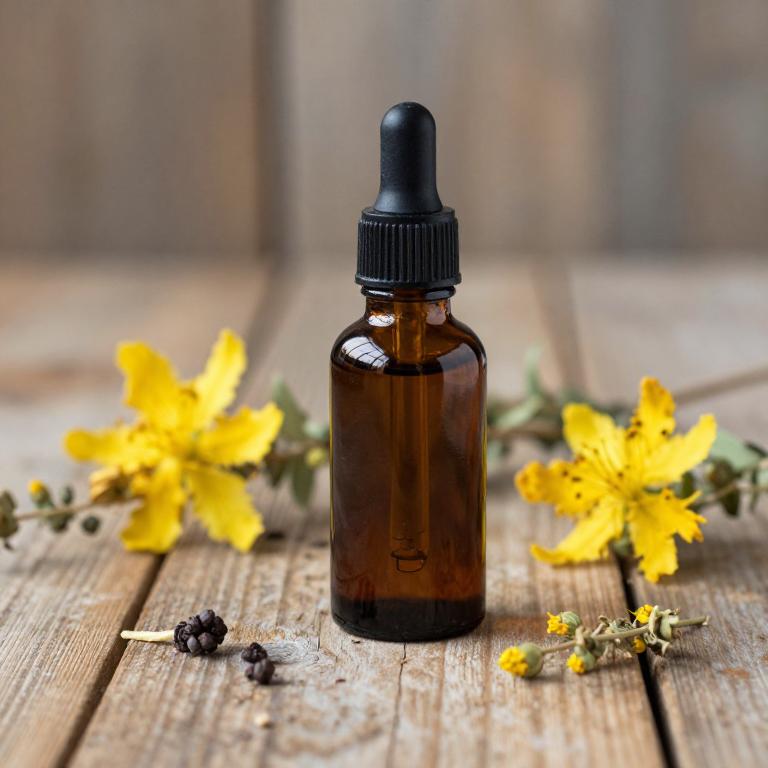
Hypericum perforatum, commonly known as St. John's wort, is traditionally used in herbal medicine for its potential therapeutic properties, including its ability to support the body's natural response to fever.
While it is more widely recognized for its use in treating mild depression, some historical and traditional sources suggest that its anti-inflammatory and antipyretic properties may help reduce fever symptoms. Herbal tinctures made from Hypericum perforatum are typically prepared by soaking the dried plant material in alcohol, allowing the active compounds to be extracted for use. However, it is important to note that scientific evidence supporting its efficacy for fever is limited, and it should not replace conventional medical treatments for high or persistent fevers.
As with any herbal remedy, it is advisable to consult a healthcare professional before use, especially for individuals taking other medications or with underlying health conditions.
4. Zingiber officinale
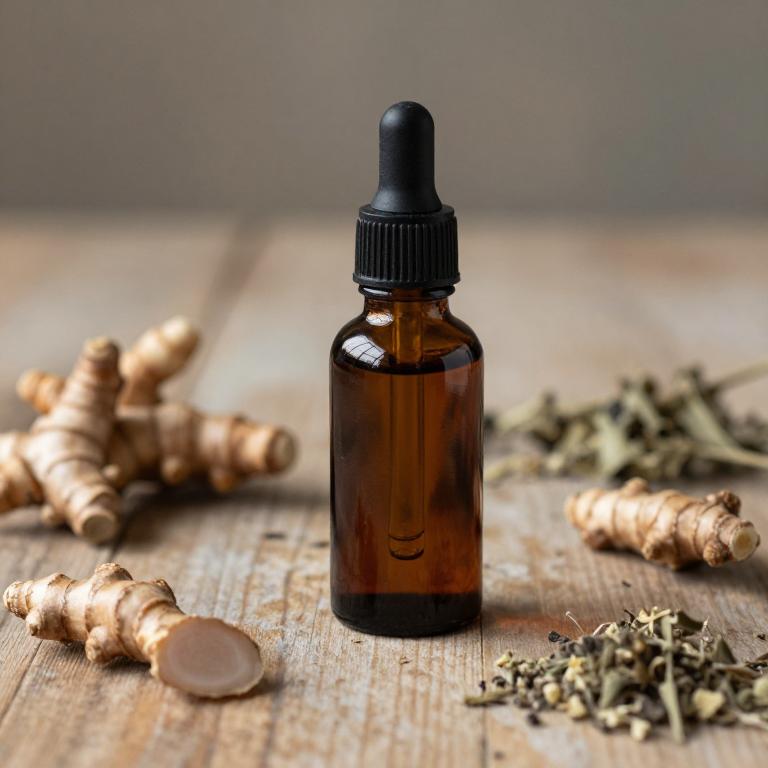
Zingiber officinale, commonly known as ginger, has been traditionally used in herbal medicine for its warming and anti-inflammatory properties.
Ginger tinctures, which are concentrated liquid extracts of the plant, can be used to help alleviate symptoms associated with fever by promoting sweating and reducing body temperature. These tinctures are often prepared using alcohol as a solvent to extract the active compounds, such as gingerol and shogaol, which have natural antipyretic effects. While ginger tinctures may offer supportive relief for fever, they should not replace conventional medical treatments, especially for high or persistent fevers.
It is important to consult a healthcare professional before using ginger tinctures, particularly for children, pregnant women, or individuals with existing health conditions.
5. Mentha piperita
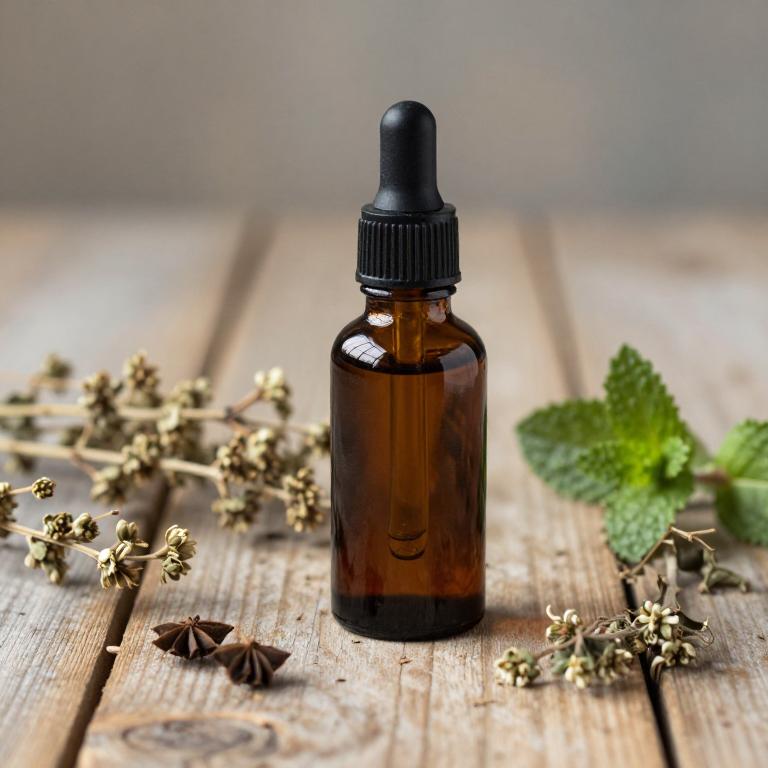
Mentha piperita, commonly known as peppermint, is often used in herbal tinctures to help alleviate symptoms associated with fever.
These tinctures are typically prepared by soaking fresh or dried peppermint leaves in alcohol, allowing the medicinal properties to be extracted. Peppermint contains menthol, which has cooling and soothing effects that may help reduce body temperature and ease discomfort. While not a substitute for conventional fever treatments, peppermint tinctures can provide supportive relief when used as part of a holistic approach.
However, it is important to consult with a healthcare professional before using herbal tinctures, especially for prolonged or high fevers.
6. Cinnamomum verum
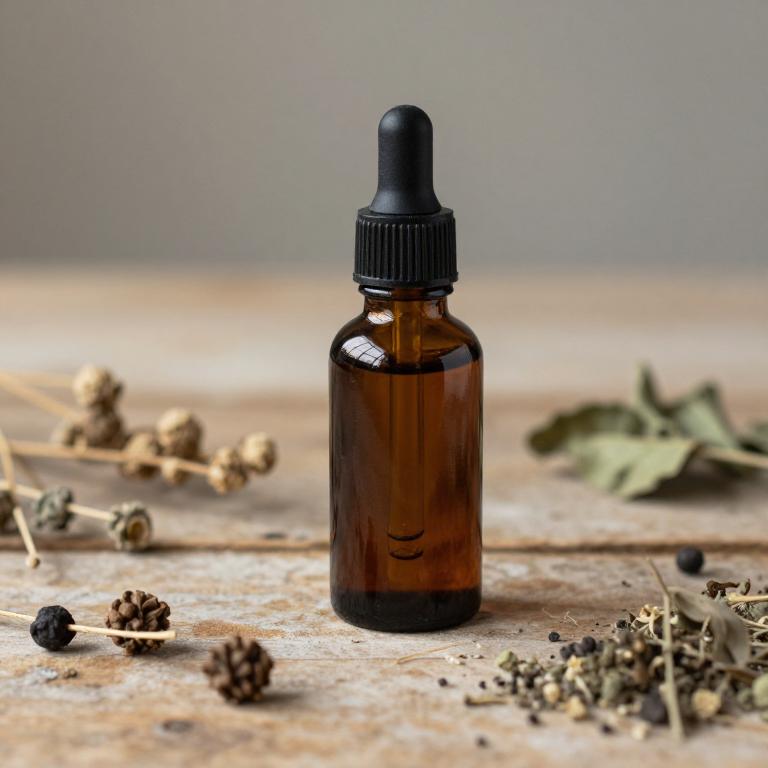
Cinnamomum verum, commonly known as true cinnamon, has been traditionally used in herbal medicine for its warming properties and potential therapeutic effects.
Herbal tinctures made from Cinnamomum verum are often prepared by soaking the bark in alcohol to extract its active compounds, including essential oils and flavonoids. These tinctures are sometimes used to help alleviate symptoms of fever by promoting perspiration and supporting the body's natural healing processes. However, while some anecdotal evidence suggests they may provide mild relief, scientific research on their efficacy for fever is limited.
It is important to consult a healthcare professional before using cinnamon tinctures, especially for children or individuals with underlying health conditions.
7. Aconitum napellus
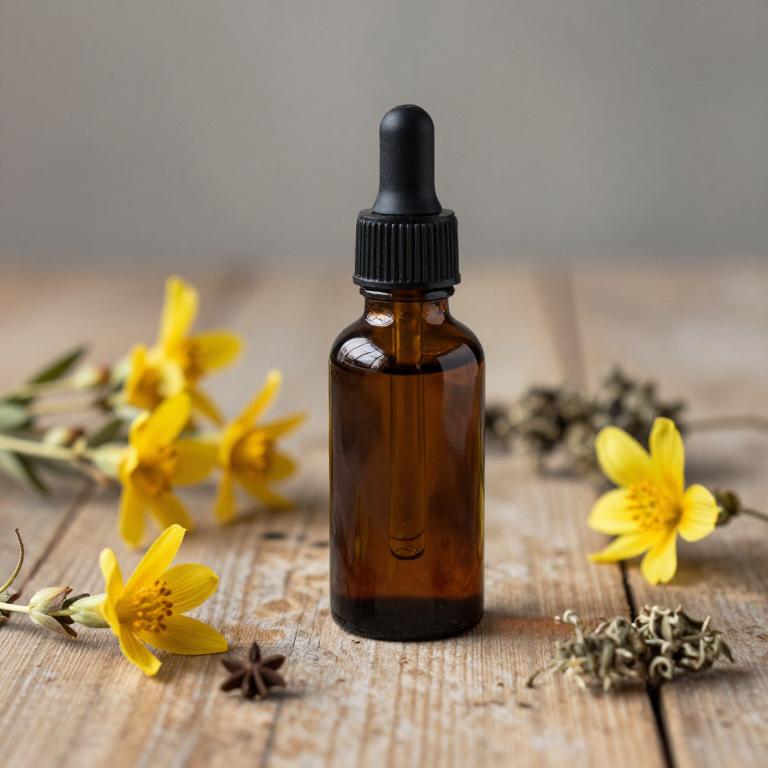
Aconitum napellus, commonly known as monkshood, is a potent herbal remedy that has been traditionally used in homeopathy for its effects on fever and inflammatory conditions.
When prepared as a tincture, Aconitum napellus is typically diluted and succussed to create a homeopathic remedy that is used to address high fevers, especially those accompanied by chills, shivering, and a feeling of coldness despite a high temperature. It is often prescribed for fevers that are sudden in onset and may be associated with viral infections or other acute illnesses. The remedy is considered most effective when administered early in the course of a fever, as it is believed to help reduce the intensity and duration of the feverish state.
However, due to its strong nature, Aconitum napellus should only be used under the guidance of a qualified homeopathic practitioner.
8. Artemisia annua
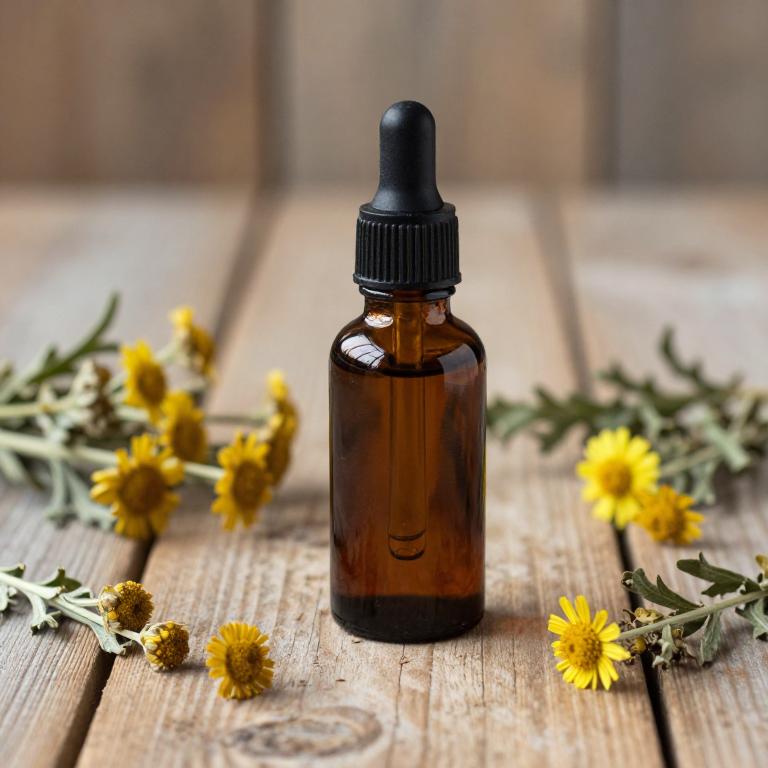
Artemisia annua, commonly known as sweet wormwood, is a traditional herb that has been used for centuries to treat fever and other ailments.
Its active compound, artemisinin, is well-known for its potent antimalarial properties and has been widely studied for its therapeutic effects. Herbal tinctures made from artemisia annua are often prepared by soaking the dried plant material in alcohol to extract its medicinal compounds. These tinctures are used in alternative medicine to reduce fever by supporting the body's natural healing processes and enhancing immune response.
While they can be effective, it is important to consult a healthcare professional before using artemisia annua tinctures, especially for prolonged or severe fevers.
9. Pelargonium graveolens
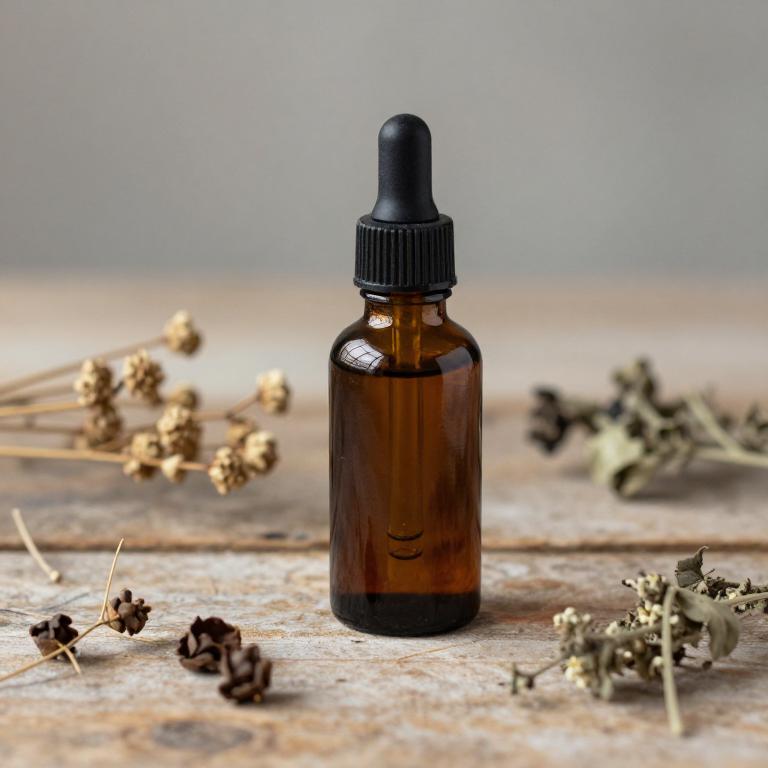
Pelargonium graveolens, commonly known as geranium, is used in herbal tinctures for its potential therapeutic properties, including its ability to reduce fever.
The tinctures are typically prepared by soaking the dried leaves of the plant in alcohol, which helps extract the active compounds such as essential oils and flavonoids. These compounds are believed to have antipyretic effects, helping to lower body temperature during feverish conditions. While some traditional practices and preliminary studies suggest its efficacy, it is important to consult a healthcare professional before using geranium tinctures, as they may interact with medications or have side effects.
Overall, Pelargonium graveolens tinctures are considered a complementary remedy for fever, but they should not replace conventional medical treatments.
10. Sambucus nigra
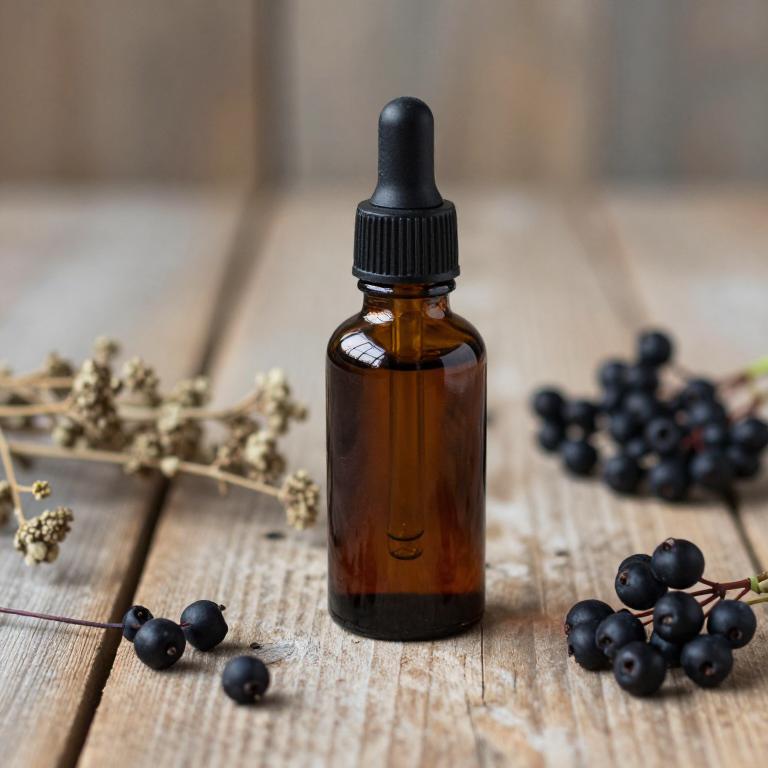
Sambucus nigra, commonly known as elderberry, has been traditionally used in herbal medicine for its potential antiviral and immune-boosting properties.
Elderberry tinctures are often prepared from the berries of the plant and are believed to support the body's natural defenses against viral infections, including those that cause fever. While there is limited scientific evidence directly linking elderberry tinctures to fever reduction, some studies suggest they may help alleviate symptoms associated with colds and flu, which can lead to fever. It is important to note that elderberry tinctures should not be used as a substitute for conventional medical treatment for fever, especially in severe cases.
As with any herbal remedy, it is advisable to consult a healthcare professional before using sambucus nigra tinctures, particularly for children, pregnant women, or individuals with existing health conditions.